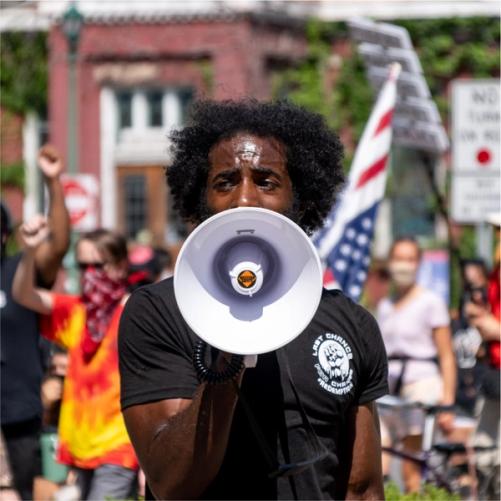Stories from our work
Stories from our work
New Hope in Bolivia's Highlands
2023
The indigenous Uru people have lost their lake, but higher education could mean cultural survival for the youth.
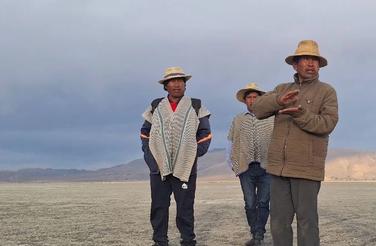
We stand in what used to be Lake Poopó, Bolivia's second-largest lake. On the map, its contours are still visible. However, bit by bit, the water has evaporated, and the fish have died off. All 38 different bird species have disappeared, including the Bolivian flamingo, sacred to the indigenous people in the area.
The light earth beneath our shoe soles has formed a hard crust, crunching as we walk, making it difficult to believe that anything could flourish here in the future.
Previously, strong winds blowing across Bolivia's highlands created movement in the lake. The Uru people populated artificial islands constructed from Totora reeds, and their homes were round to withstand gusts of wind. Boats with fishermen and bird hunters sailed around the lake.
Today, the silence here is striking.
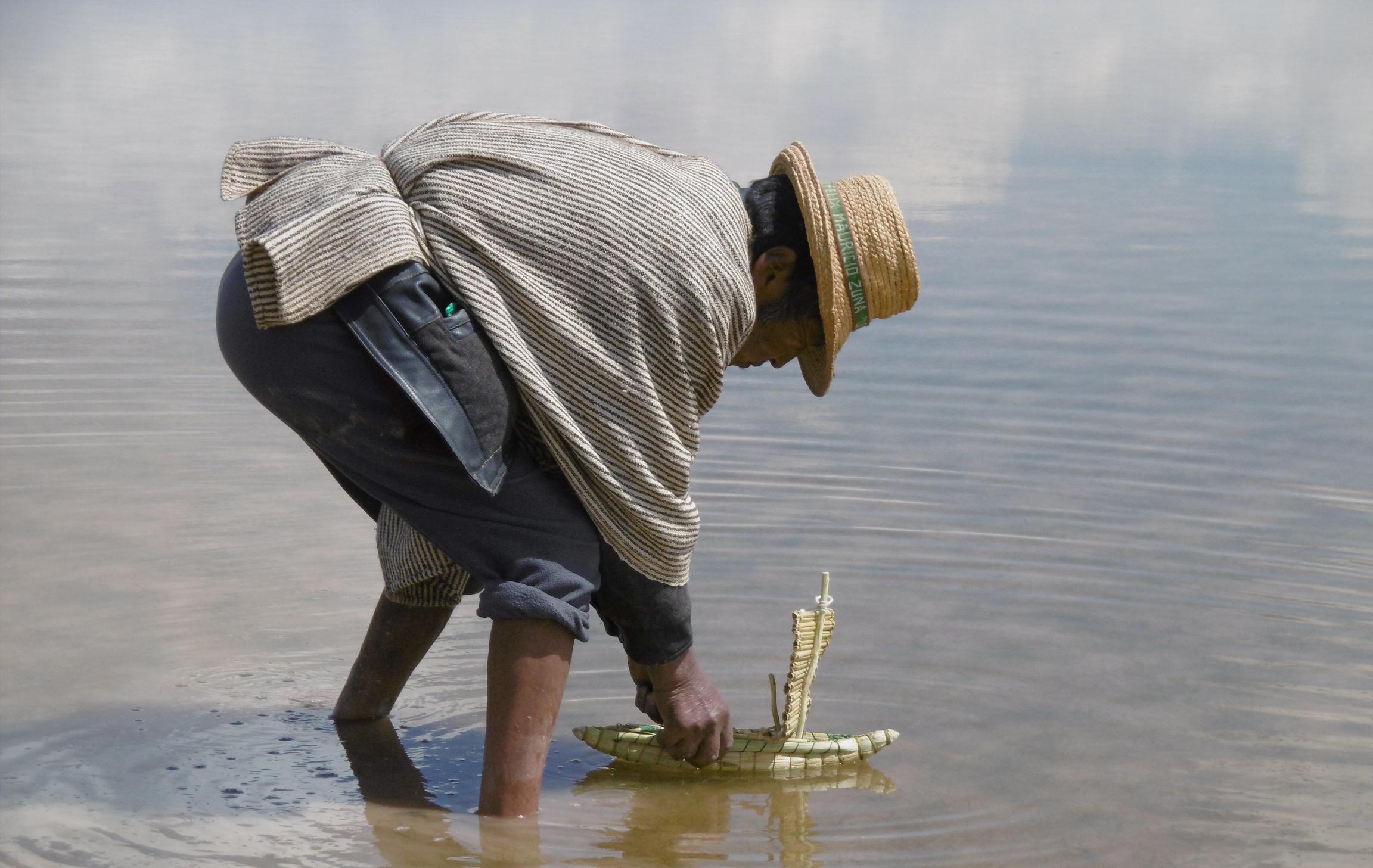
Climate refugees
We spot some boats far away on the horizon.
We leave them there. We dream that suddenly there will be a rainfall, then we could at least sail a little again.
Puñaca Tinta María is a small village on 5 hectares, intended to accommodate 81 families. The village is located in the former shores of Lake Poopó. The Uru people have not gained access to more land. Land rights are granted to other indigenous groups in the area who historically lived as small-scale farmers and did not rely on the water as much as the Uru people. The leader explains that the elders from the village did not try early enough to secure land rights. They wanted to live on the water, and they did not anticipate that the lake could disappear.
Today, 66 families have left.
They are climate refugees in the most profound sense of the word.
Through the network WARMI SHINING, Tatiana works with climate action in the nearby town of Oruro, where many families without land and water now live.
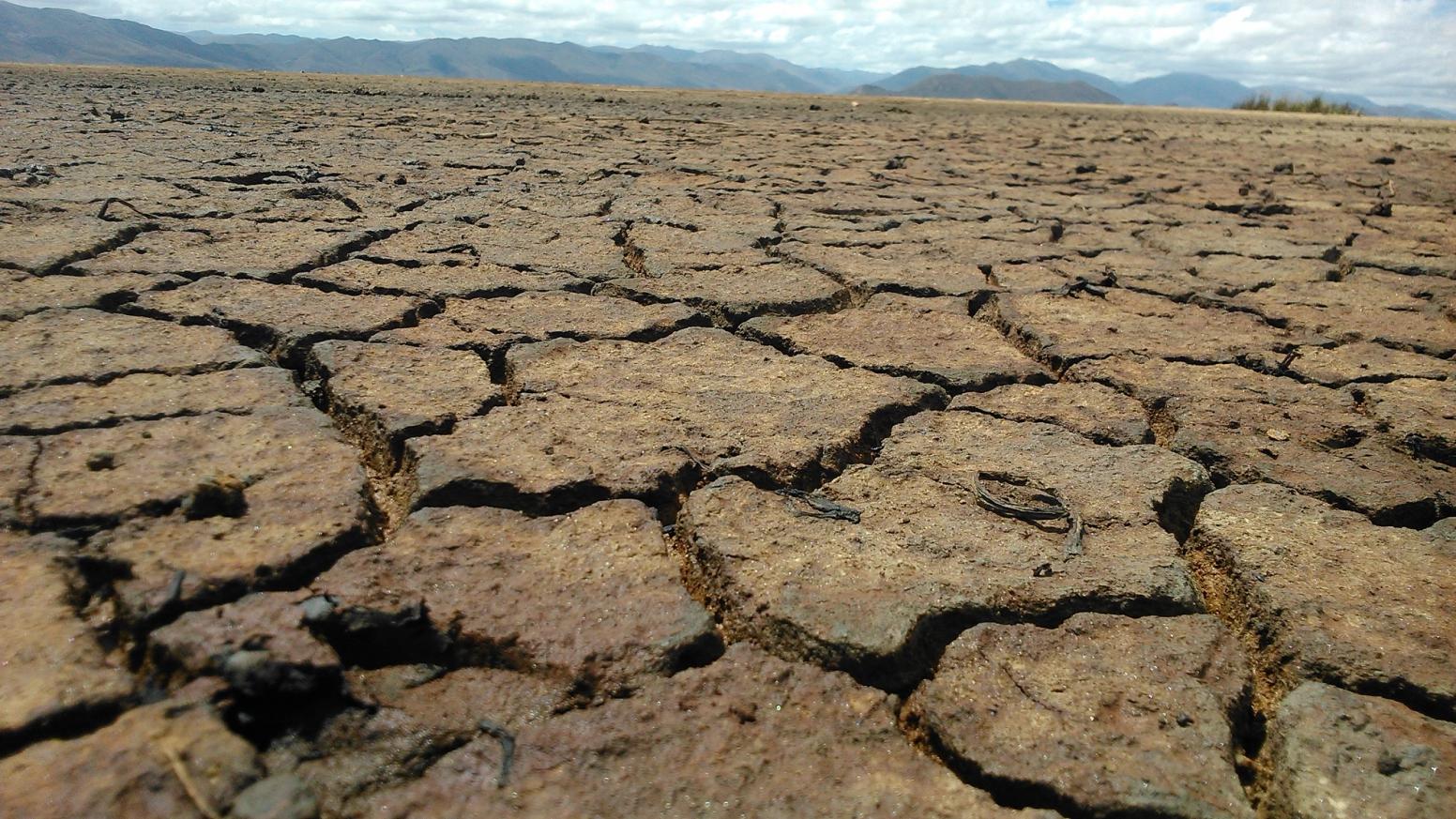
Knowledge shared between generations
Climate change has meant loss for indigenous peoples worldwide. Loss of land and loss of ways of life. The Uru people may be among the most affected, and their situation has led to the language gradually about to disappear in this area. The youth now speak Spanish and Quechua.
How can they create a new future for their communities?
For us, it is important to instil knowledge among the children about where they come from and revitalize their language.
Since 2015, they have collaborated with the research institute Funproeib Andes to catalog knowledge and language, incorporating it into the curriculum. Children have interviewed the elderly who remember what life was like on the lake. Knowledge about how to navigate under the stars is documented so that humanity does not forget knowledge that connects us to the cosmos. Knowledge that is no longer needed – and may be forgotten, perhaps forever, due to digital tools.
Scholarships
SAIH contributes scholarships through Funproeib Andes, enabling young people to pursue higher education. We encounter a generation soon to hold titles as lawyers, teachers, and engineers.
Higher education can pose a dilemma for rural communities. Higher education may contribute to increased migration as job opportunities are more available in cities than in the small villages where the youth come from.
In the challenging situation as the Uru people face, it’s precisely higher education that provides the youth with the hope and opportunity to think that they can carry on their communities and build a new, proud identity as professionals.
More stories from our work
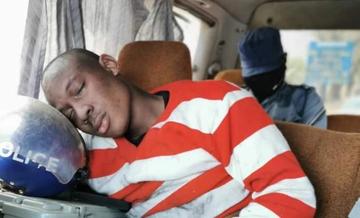
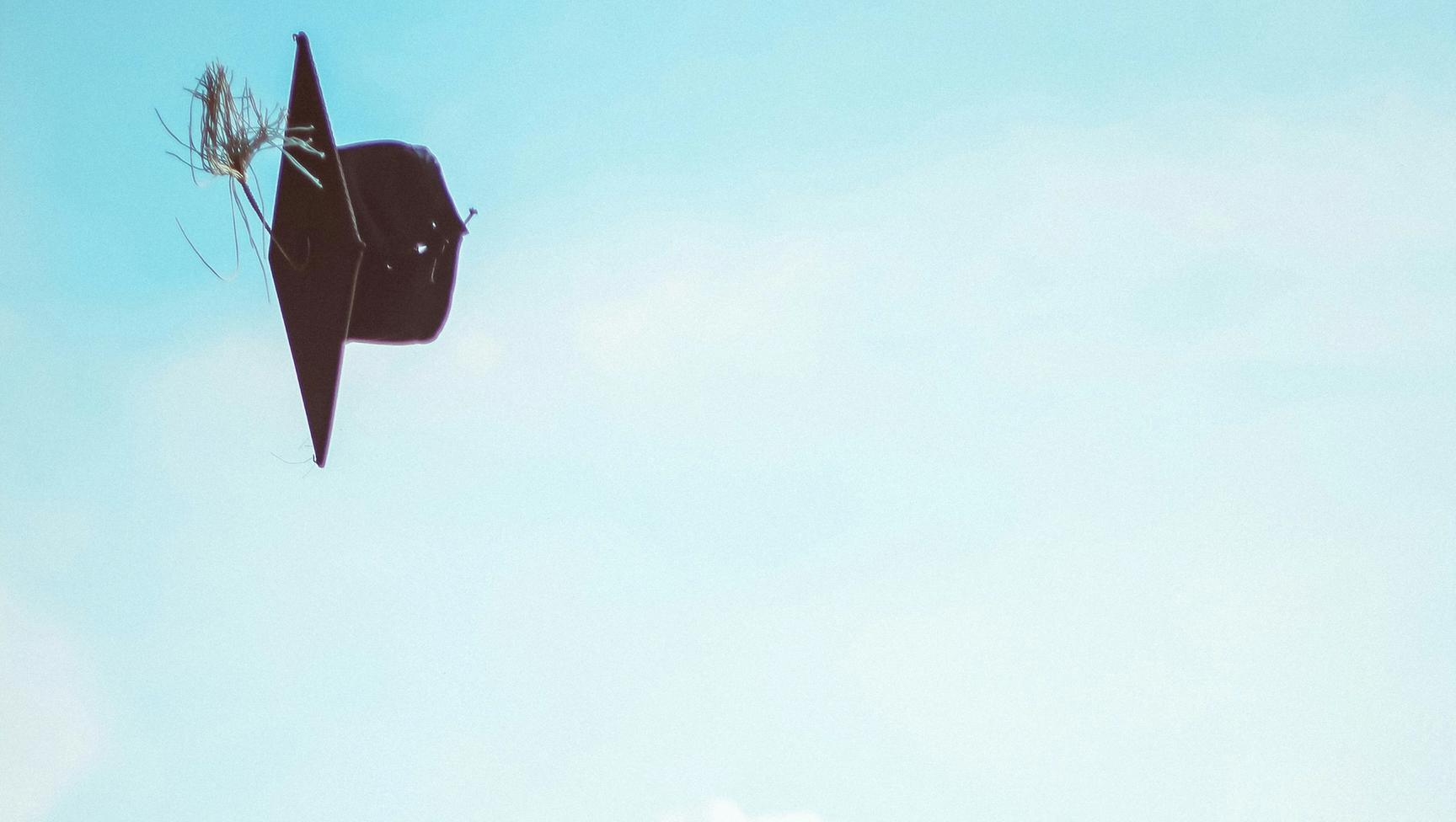
Stories from our work

